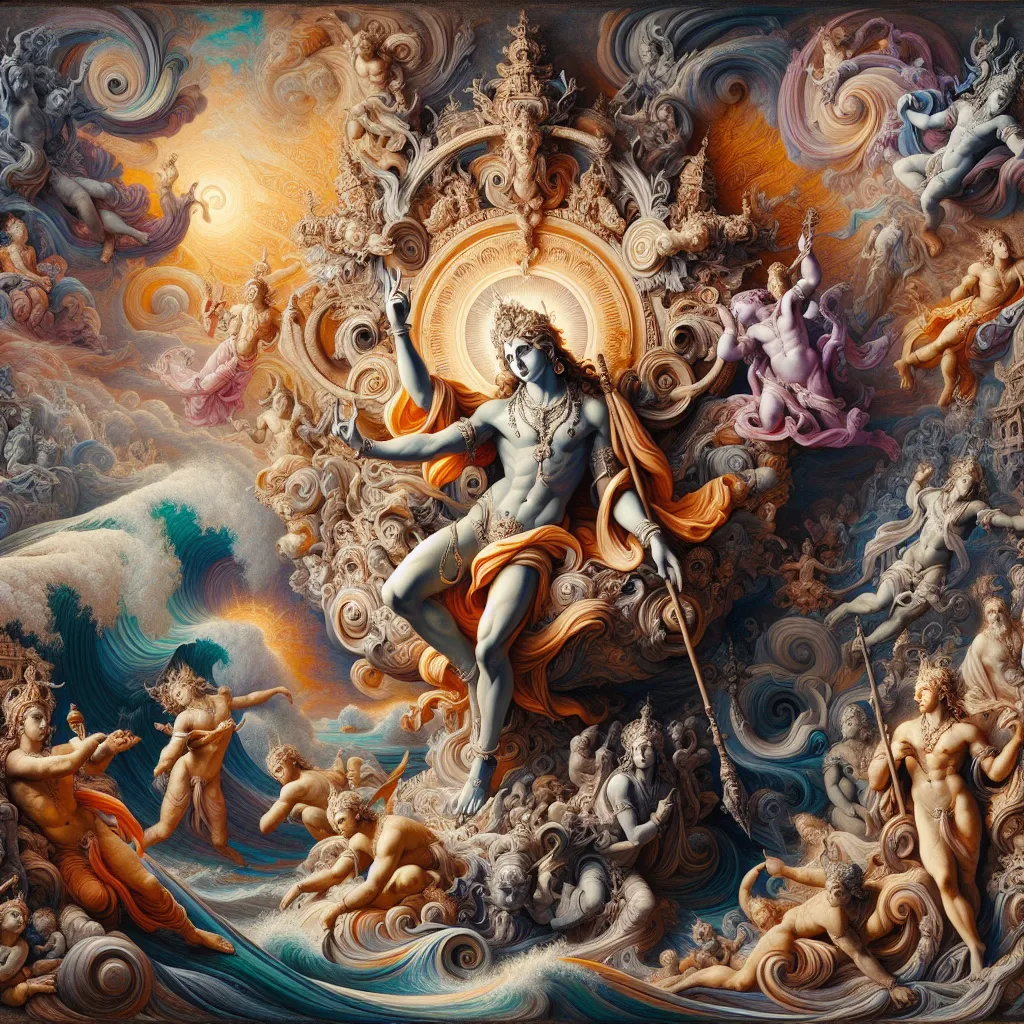
- Published on
- Authors

- Name
- You
The Mystical Teachings of the Bhagavad Gita: Spiritual Lessons from the Mahabharata
The Bhagavad Gita, often referred to simply as the Gita, is an ancient Indian text that is part of the larger epic, the Mahabharata. It is revered as a spiritual and philosophical guide, offering profound insights into the nature of duty, righteousness, devotion, and the mysteries of life and death. This article explores the mystical teachings of the Gita and its relevance to both ancient wisdom and modern scientific understanding.
Duty and Righteousness: The Path of Dharma
In the Bhagavad Gita, the concept of Dharma plays a central role. Dharma, often translated as duty or righteousness, is the moral law governing individual conduct. The Gita teaches that adhering to one’s dharma is essential for maintaining cosmic order.
The Role of Dharma
| Key Concepts | Description |
|---|---|
| Svadharma | One's own duty or righteousness. Each individual has a unique role to fulfill in life. |
| Karma Yoga | The path of selfless action. Performing one's duty without attachment to outcomes. |
| Nishkama Karma | Acting according to duty without any expectation of results or rewards. |
The Gita’s wisdom aligns with modern psychological principles, suggesting that individuals find fulfillment and mental peace through purpose-driven lives and ethical behavior.
Devotion: The Path of Bhakti
Another crucial teaching of the Gita is Bhakti Yoga, the path of devotion. It emphasizes loving devotion to a personal god as a means of attaining spiritual enlightenment and liberation.
Elements of Bhakti Yoga
| Key Concepts | Description |
|---|---|
| Shraddha | Faith and trust in the divine. |
| Saranagati | Surrender to the will of God, acknowledging human powerlessness in the face of cosmic forces. |
| Bhava | The mood or feeling of devotion, ranging from servitude to friendship and romantic love. |
In a mystical sense, devotion transcends mere faith; it involves a profound, transformative connection with the divine, paralleling contemporary understandings of interconnectedness in quantum physics.
The Nature of Life and Death
The Bhagavad Gita offers esoteric insights into life and death, addressing the eternal nature of the soul (Atman) and the impermanence of the physical body.
The Soul and Reincarnation
| Key Concepts | Description |
|---|---|
| Atman | The eternal, unchanging soul that transcends physical existence. |
| Samsara | The cycle of birth, death, and rebirth. The soul undergoes this cycle until it achieves liberation. |
| Moksha | Liberation from the cycle of Samsara. A state of eternal bliss and union with the divine. |
The teachings align with certain aspects of modern scientific exploration into consciousness, suggesting that consciousness extends beyond the physical realm. The Gita’s perspective invites contemplation of the nature of existence and the potential for life beyond material parameters.
Conclusion
The Bhagavad Gita remains a timeless text, blending deep spiritual lessons with philosophical inquiries that are meaningful even in today’s advanced scientific era. Whether one views it as a religious text, a philosophical treatise, or a historical epic, its teachings on duty, devotion, and the nature of life and death offer profound wisdom and guidance.
By integrating mystical insights with rational understanding, the Gita encourages a holistic approach to life—one that is both spiritually fulfilling and intellectually enriching.
By exploring the Bhagavad Gita, we can find a rich confluence of ancient wisdom and modern thought, making it a valuable source of guidance for individuals seeking deeper understanding and a balanced, purposeful life.
